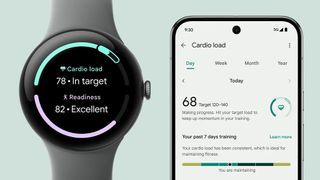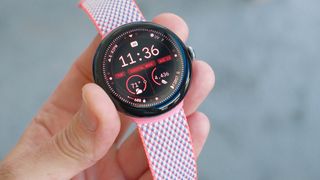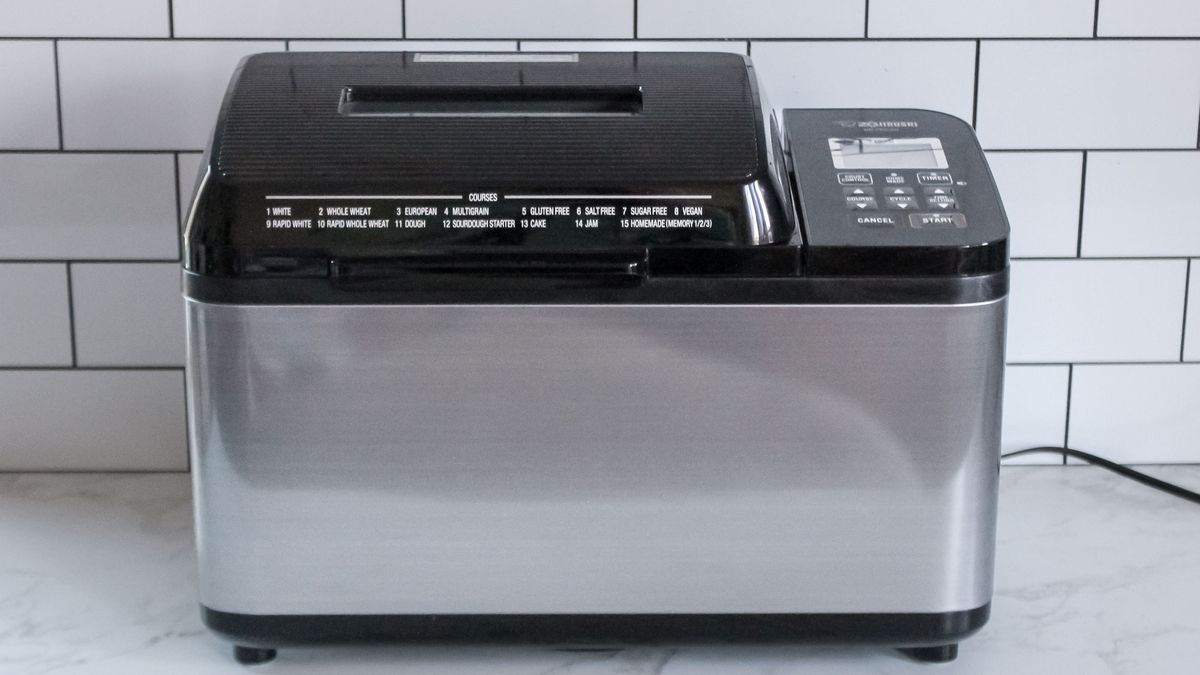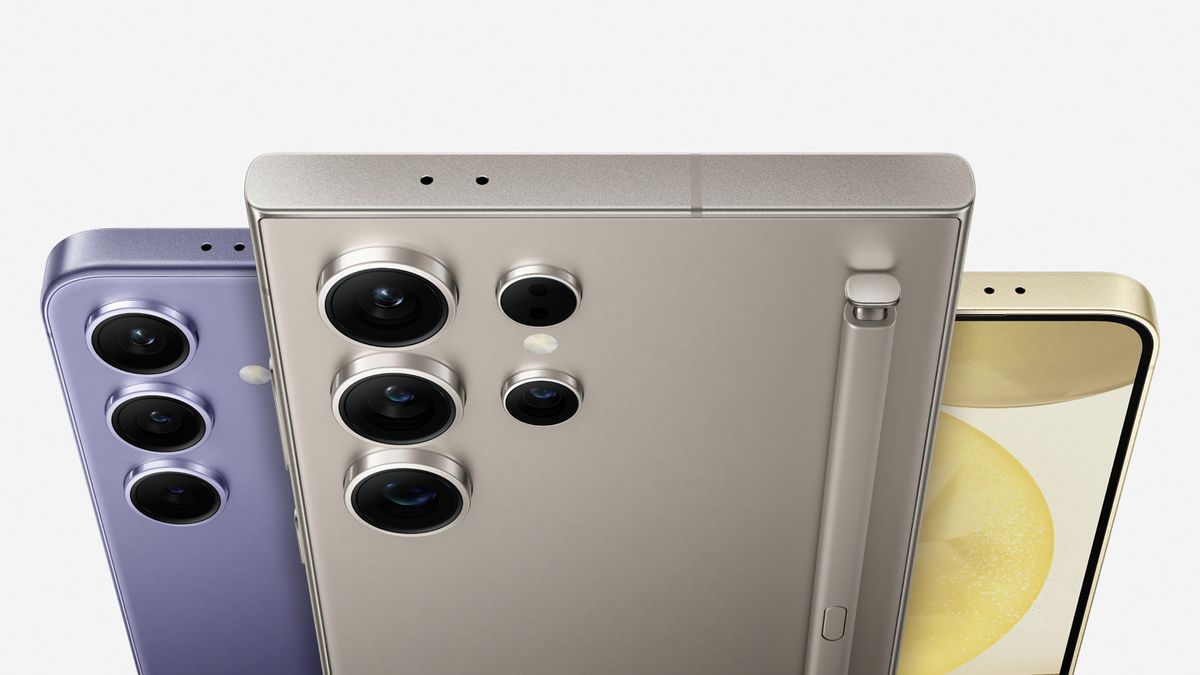Older Google and Fitbit smartwatches are getting a major upgrade, with the training load management features introduced on the Pixel Watch 3 being rolled out to a wide range of devices.
Cardio Load and Target Load will now be available on any Google or Fitbit device that supports Fitbit’s Daily Readiness feature. The full list of supported devices is listed below, and it includes some of the best Fitbits like the Inspire 3, Versa 4 and Charge 6, and both the Pixel Watch and Pixel Watch 2.
The new features can help you manage your training load so you get fitter without risking burnout. The Cardio Load feature measures the work done by your heart throughout the day, both through workouts and general activity. Target Load gives you a score to aim for in the day based on recent activity. Both features tie into the Readiness score, which estimates how prepared your body is to tackle intense exercise each day.
All of the compatible devices will now have access to the Cardio Load and Target Load stats, along with Readiness score, without needing a Fitbit Premium subscription, which is a welcome move from Google away from locking useful stats behind a paywall.
Supported devices
Here's the full list of Pixel and Fitbit devices that will support the Cardio Load and Target Load features:
- Pixel Watch 3
- Pixel Watch 2
- Pixel Watch 1
- Fitbit Charge 6
- Fitbit Charge 5
- Fitbit Versa 4
- Fitbit Versa 3
- Fitbit Versa 2
- Fitbit Sense 2
- Fitbit Sense
- Fitbit Luxe
- Fitbit Inspire 3
- Fitbit Inspire 2
How To Use Cardio Load and Target Load

Cardio Load and Target Load are training load management features designed to help you judge the effort to put into your training and gauge the stress on your body. This kind of training load advice is a common feature on the best sports watches, and Apple also introduced training load to its smartwatches with the watchOS 11 update this year.
Google’s training load features go beyond Apple’s, however, in that they advise on how hard to train through the Target Load feature. This score is based on tracking your long- and short-term training load and gives a target that keeps those two metrics balanced.
For example, if you’ve been unable to train regularly for a few weeks you won’t be given a very high Target Load for that day, because your body might not be ready for the impact. The Cardio Load and Target Load features will help you increase your training safely so you get fitter without pushing too hard.
Is this the end of Fitbit Premium?
Google recently moved Fitbit’s readiness score from behind the Fitbit Premium paywall and made it available to all users, and with Cardio Load and Target Load coming in as well it indicates that key features on Google and Fitbit devices will no longer require a subscription going forward.
This would be a very welcome change because having to pay for a subscription to access stats and insights measured by the watch or fitness tracker you already spent hundreds of dollars on has always felt wrong to me.
There are still some insights locked behind the Fitbit Premium paywall, including advanced sleep stats and personalized running form metrics, but having the Readiness score available to all users is a big improvement in the user experience with Fitbit and Google devices.
More from Tom's Guide
- Fitbit is exiting the cheap smartwatch race — and this brand could replace it
- Apple Ring — everything we know so far about the rumored smart ring
- Smartwatch vs. adventure watch — which is best for you?



















:quality(85):upscale()/2024/04/24/878/n/3019466/36c5693c662965c5d1ce91.72473705_.jpg)

 English (US) ·
English (US) ·